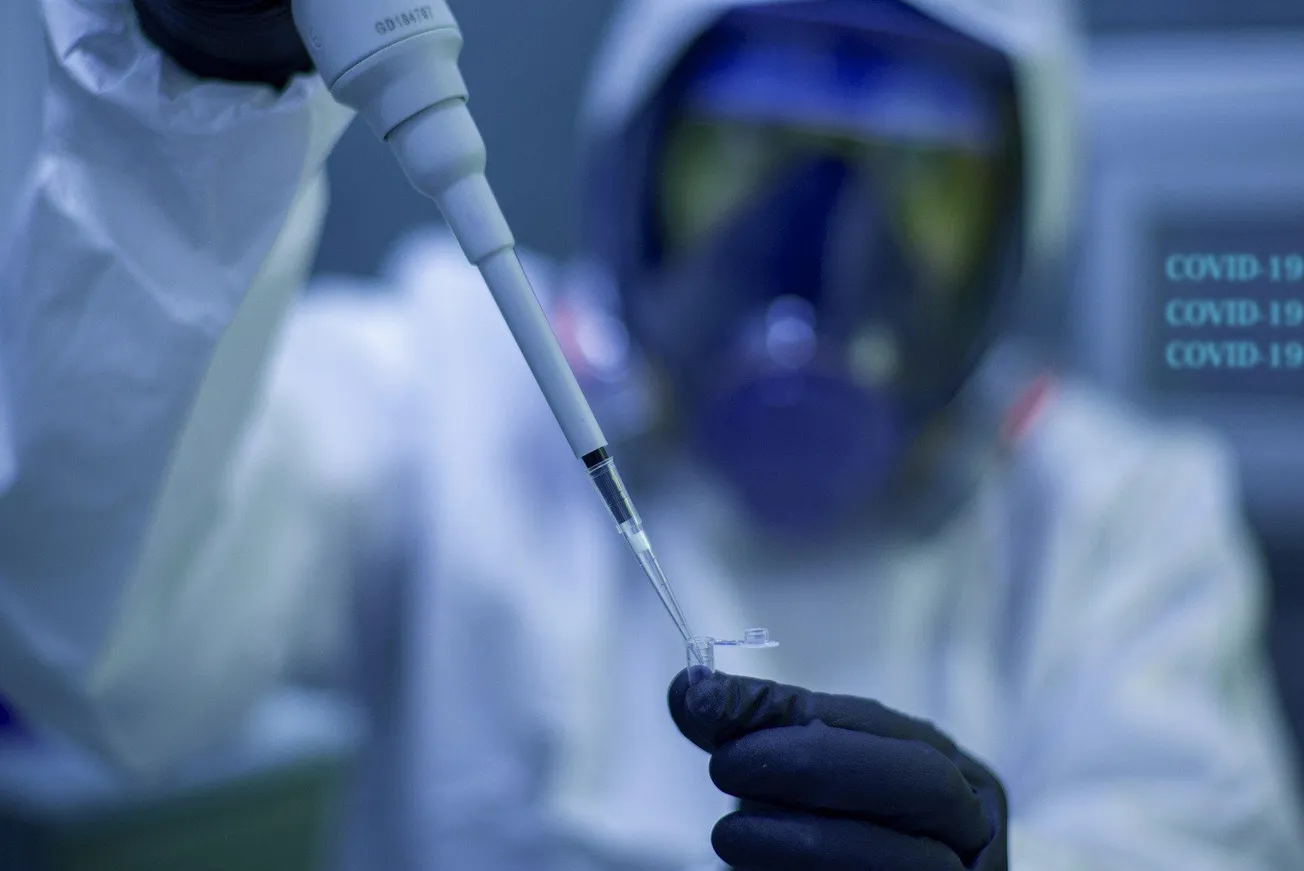Following the action of much of the medical community to downplay or even cover up the benefits of Vitamin D in improving Covid outcomes, the same has occurred for another treatment.
On August 27, the National Institute of Health rejected any use of ivermectin for COVID. Since then, dozens of studies indicate “ a consistency of benefit among numerous trials of varying designs from multiple different countries and centers around the world [which] is both unique in the history of evidence-based medicine and provides strong, additional support to the conclusions reached in” the review by physician members of the Front Line Critical Care Alliance (FLCCC) entitled “Review of the Emerging Evidence Demonstrating the Efficacy of Ivermectin in the Prophylaxis and Treatment of COVID-19”.
Since 2012, a growing number of studies at the cellular and animal level have demonstrated a remarkable antiviral effectiveness of ivermectin, first developed in 1975 for use against parasitic diseases largely in Africa, such as river blindness and filariasis. It has been administered to many millions of people and is extremely safe. It is effective against RNA viruses, such as influenza and COVID-19. It binds to the spike protein of COVID, among other antiviral points of intervention against viral cell penetration, binding, and replication. These observations, however, fail to account for its great benefit even in advanced stages of COVID, where the disease is sustained by inflammation, not by the replication of the virus. The drug, in fact, inhibits inflammation by multiple pathways.
The NIH’s criterion for the A1 strong recommendation of a drug is one or more randomized trials with clinical outcomes and/or related laboratory endpoints. In fact, many such randomized controlled trials of ivermectin have shown great benefit, as manifested in a highly significant reduction in treated persons becoming infected despite heavy exposure; progression from an early to a more advanced stage; and survival when treatment is initiated in a severe illness.
Although some of the reports are in preprint publications, such as have sprung up in the pandemic, many have appeared in peer-reviewed journals. By now, of the 24 controlled studies, 12 have been published in peer-reviewed journals, involving 4054 patients. No such requirement for prior peer review was applied in the sped-up adoption of hydroxychloroquine, convalescent plasma, remdesivir, corticosteroids, or monoclonal antibodies.
A novel kind of observational study grew out of decisions by health officials in Paraguay, Brazil, and Peru to make “ivermectin distributions”, carried out under the guise of anti-worm campaigns to avoid official censure. The results, based on a comparison of states which distributed the drug versus states that did not, show a remarkable drop in reported cases soon after the start and concurrent with the distribution, especially in Peru, where the lack of such a concurrent drop is seen for Lima, which had no distribution.





